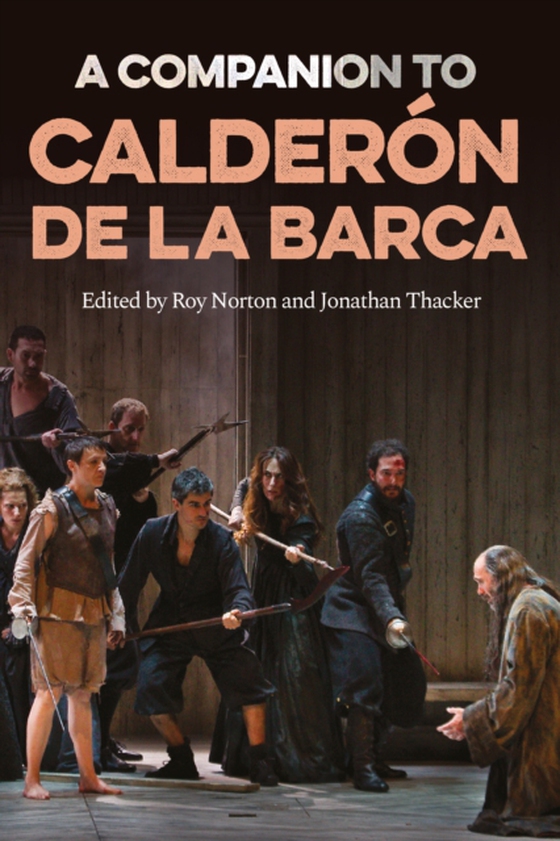
Companion to Calderon de la Barca e-bog
253,01 DKK
(inkl. moms 316,26 DKK)
The first comprehensive study of Calderon in EnglishPedro Calderon de la Barca (1600-1681) is one of the most important dramatists - many would say the single most important dramatist - of the Spanish Golden Age. Spain's dominant and most prestigious playwright for much of the seventeenth century, his work is still regularly staged and translated, influential in more recent times on writers as ...
E-bog
253,01 DKK
Forlag
Tamesis Books
Udgivet
19 november 2021
Længde
448 sider
Genrer
1DSE
Sprog
English
Format
epub
Beskyttelse
LCP
ISBN
9781800103603
The first comprehensive study of Calderon in EnglishPedro Calderon de la Barca (1600-1681) is one of the most important dramatists - many would say the single most important dramatist - of the Spanish Golden Age. Spain's dominant and most prestigious playwright for much of the seventeenth century, his work is still regularly staged and translated, influential in more recent times on writers as diverse as Schiller, Shelley and Lorca. The author of around 120 plays (not counting his numerous Corpus Christi autos) in a variety of styles, Calderon is most famous for his stirring dramas, characterized by rhetorically powerful poetry, dramatic structures carefully calibrated to produce poignant echoes, and the fizzing intellectual energy they apply to the age's ontological, eschatological and political preoccupations. His plays succeed in combining these perennial concerns with compelling plots subtle enough to defy definitive interpretation. As this volume seeks to show, however, Calderon's comedies deserve equal recognition. Too long stereotyped as a dour, cerebral conservative, this playwright's comic works are as amusing as they are clever. This Companion is the first comprehensive study of Calderon in English. It provides a rigorous but readable introduction to the man, his work and its legacy. Its chapters - written by leading international comedia specialists - provide an overview of his life, explain his intellectual, social, moral, and literary contexts, and examine his stagecraft, his corpus, and his reception both within and without the Hispanic world up to the twenty-first century. Specific chapters are devoted to La vida es sueno, his most famous work, which appears on many a university syllabus, and to his infamous wife-murder plays.
 Dansk
Dansk

